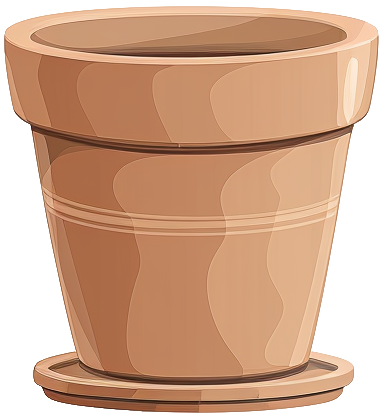- bougainvillea
- glabra

bougainvillea
glabra
glabra
Care level
Medium
Popularity
Star
This vigorous climber produces waves of vibrant paper-like bracts in shades of magenta, purple, or orange that bloom almost continuously in warm weather. Unlike its thornier relatives, it has smoother stems and larger, glossier leaves, making it a more gardener-friendly choice for creating stunning flowering walls and archways.
Care & maintenance
Light
Light that enters through west or south-facing windows, the most intense light for your interior that will expose plants directly to sunlight.
Temperature
Wide range (10°C - 35°C)
Fertilization frequency
Moderate
Monthly during the growing period.
Soil
Choose a General purpose mix: A versatile blend with excellent water retention and aeration. Provides balanced nutrition and suitable drainage for a wide variety of houseplants.
If you want to create your own substrate, you can make a mixture of the following soils:
Click on the soil name for more information.
Pot

Standard size
Prefer a pot with a classic width/depth ratio.
Incorrect or incomplete information?
In our goal of building the best plant database, we sometimes make mistakes or have incomplete information. You can help us fill these gaps!
Features
Size & growth
Large
Climbing
Rapid growth
This plant grows rapidly. It can reach 90 to 180 cm in height or spread.
It grows upwards by attaching to supports or winding around them.
Toxicity
| Cat | |||
|---|---|---|---|
| Dog | |||
| Human |
Reproduction & propagation
Fruits & flowers
Flowering & not self-pollinating
The bougainvillea glabra can produce flowers and therefore fruits.
This plant is not capable of self-pollination, it will not be able to produce fruits if it is not pollinated by another individual.



